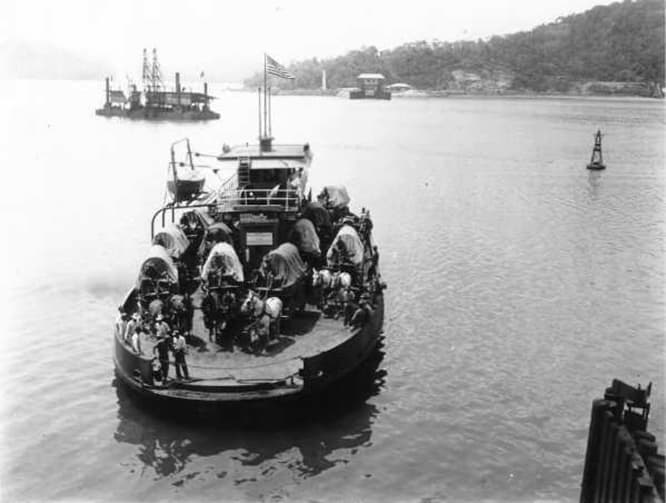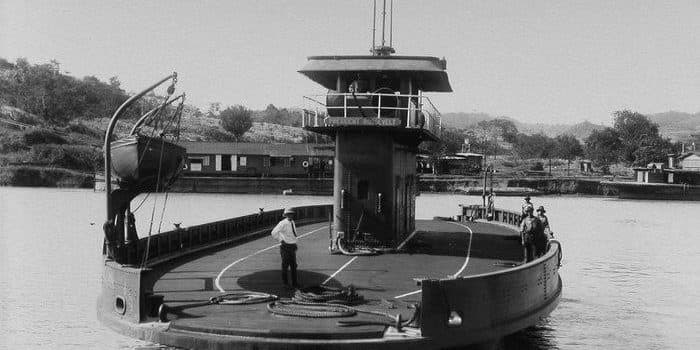Today, driving across the Panama Canal with three bridges available, two in the Pacific and one in the Atlantic, not counting a fourth bridge to be built and line 3 of the Metro system, it is difficult to think that decades ago it was different. Before the Bridge of the Americas and the Centennial in the Panamanian Pacific sector, the only way to cross from one side of the canal to the other was through the ferry.
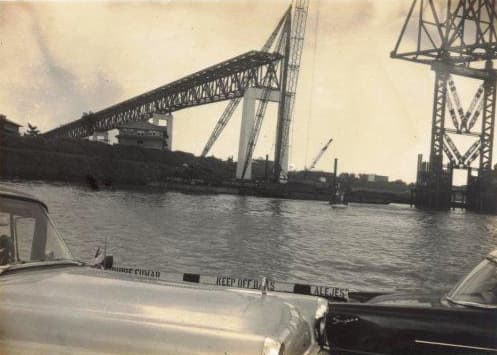
During the Construction of the Canal
During the years of the construction of the Canal, the passage to the interior sector was carried out by land either by car or bus, and then when the interoceanic route was opened, tugboats and barges were used to transport people and their vehicles.
Before the Road
In the first years of Republican life, the Inter-American Highway did not exist, so the fastest way to go from Panama City to the interior was by means of steam boats offered by the National Navigation Company.
Over the years, the Panamanian population grew, so it was necessary to improve national transportation. At this time, the then-former president Belisario Porras managed the construction of the national highway, a modern road that ran from the province of Chiriqui to Panama City.
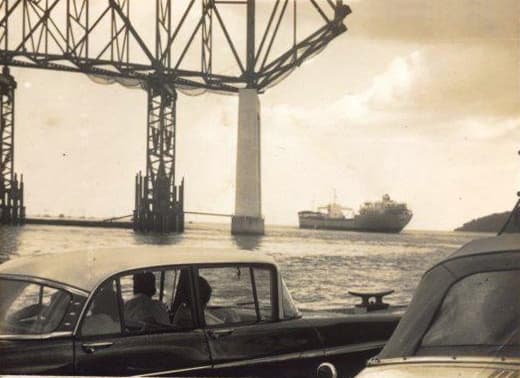
The Age of Ferries
With the completion of the National Highway, it was necessary to implement a more agile system to transport people and their vehicles from one side. For this reason, in August 1931 the first two ferrys called President Porras and President Roosevelt began to be used.
These transportation boats were built by the Panama Canal Mechanical Division company. Ferrys required to be of large capacity to transport as many people as possible. In the case of the President Porras ferry, it had a capacity to transport 500 passengers and 50 cars and its length was 155 feet.
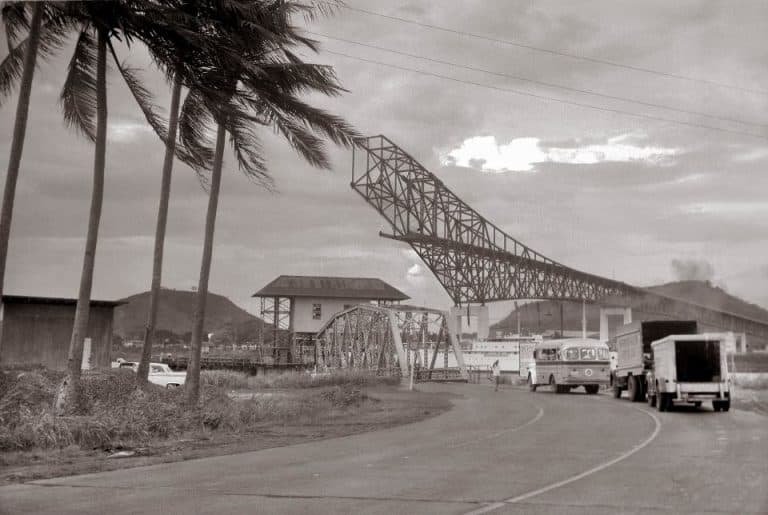
At first, the crossings were made around the Pedro Miguel locks, but on September 1, 1932 it was moved to the Balboa area, where today the Bridge of the Americas is located. The approximate time to cross the canal was approximately one hour. What forced everyone to plan their trip very well to reach their destinations.
Ferry 24/7
At the beginning, this transport system operated from 6:00 am to 9:00 pm, but the demand for passengers was growing, which forced the extension of the service 24 hours from July 1935. In 1942 they had to increase the fleet to improve service efficiency. However, during the 1950s, their use became so attractive to locals and foreigners that some were used for sightseeing tours through the locks and the Culebra Cut.
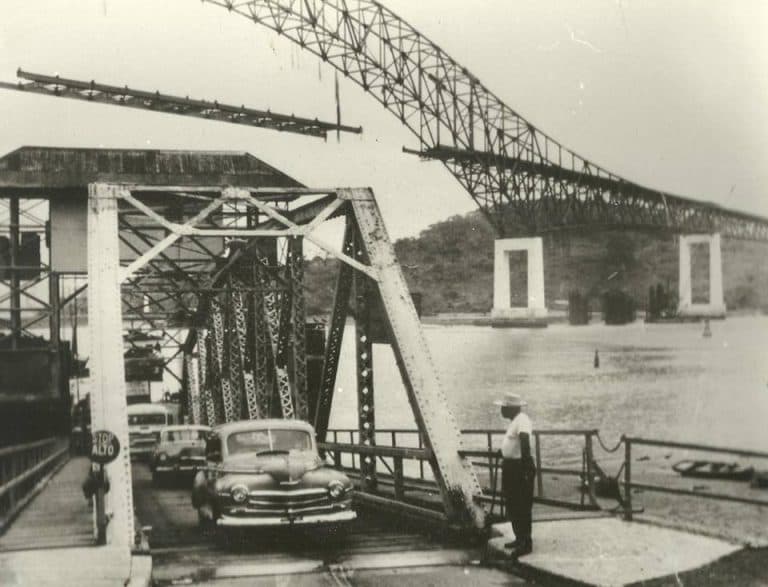
A Ferry for the History
With the opening of the Bridge of the Americas, people had quick and direct access to the interior of the Republic of Panama. On October 12, 1962, this transport went down in history and each boat was auctioned at $ 39,000.00 by the Simon Canarte Company, from New Orleans.
One of the details that has remained in the memory of those who used the ferry was that it was 100% free and the punctuality with which the United States administered it.
